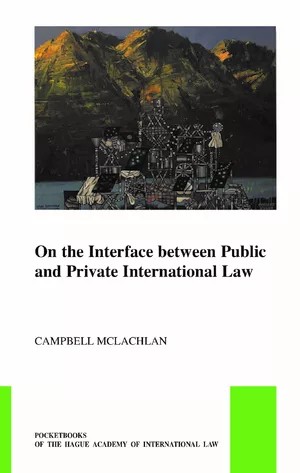We are now closed for the Christmas and New Year period, returning on Monday 5th January 2026. Orders placed during this time will be processed upon our return on 5th January.

Our understanding of the operation of law beyond the nation State has been deeply shaped by two great disciplines: public and private international law. Yet surprisingly little systematic attention has been devoted to the relationship between the two. The public-private divide operates to separate the law that is concerned with the exercise of political power by States and the policy choices that we make for public purposes — the domain of public international law — from the exercise of economic power by corporations, regulated largely by private international law.
In this first panoptic survey of the relation between the two fields, McLachlan argues that the neglect of this interface is highly consequential for our understanding of law’s capacity to control the State and the corporation. Both are constructs of the law. But the function of law is not merely to empower and clothe these artificial persons with legal authority; it is also to impose legal responsibility, where the exercise of power gives rise to a breach and causes injury to others. Only by placing these two great systems side-by-side, can we see clearly where that responsibility lies and the necessary development of the law.